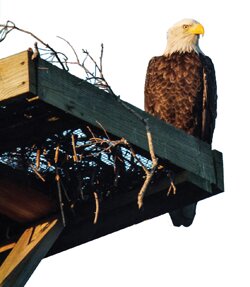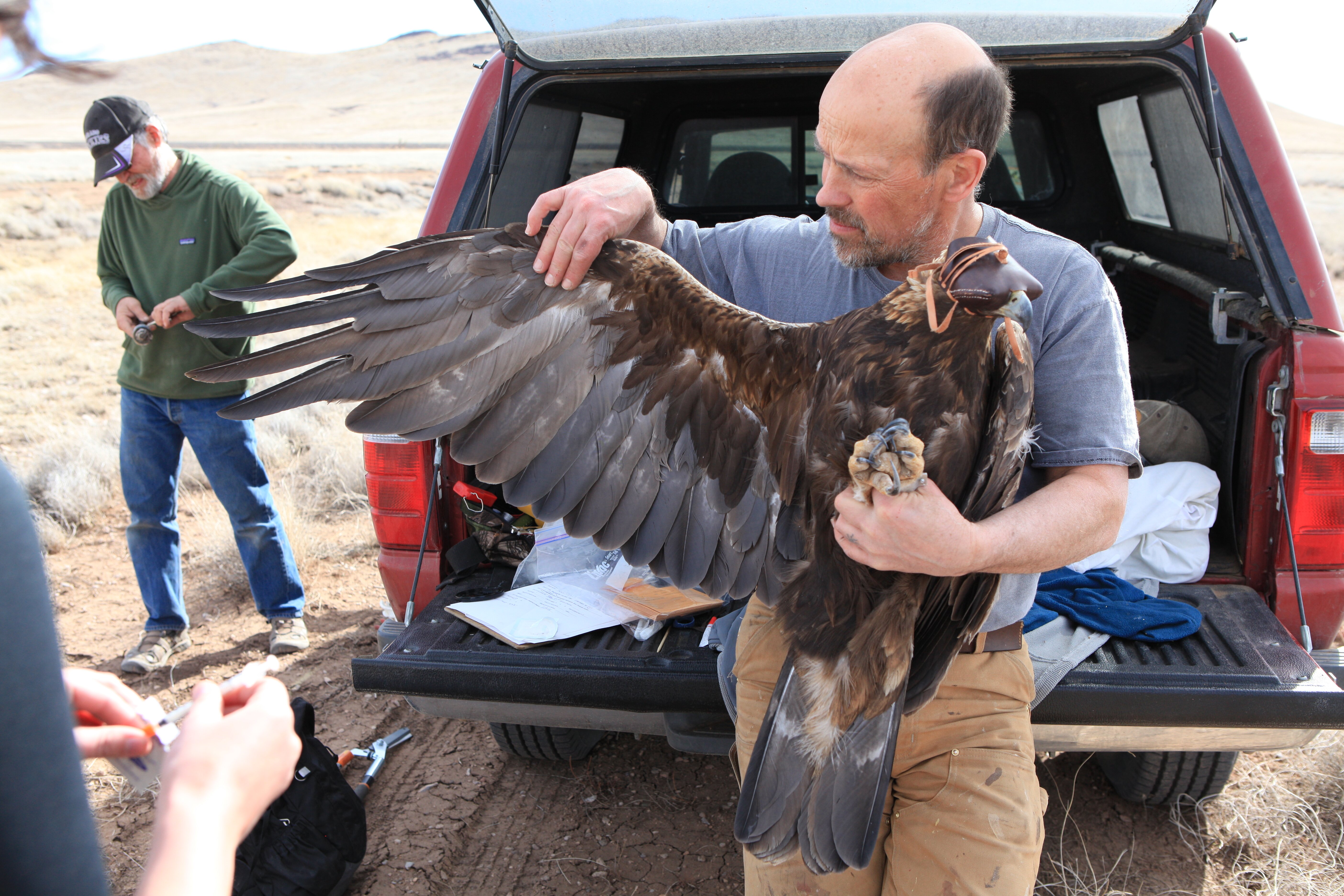
Current regulations for nonpurposeful take permits provide for two types of permits:
- Standard permits, which authorize individual instances of take.
- Programmatic permits, which authorize "take that is recurring, is not caused solely by indirect effects, and that occurs over the long term or in a location or locations that cannot be specifically identified." (50 CPR 22.3) These permits can cover activities and infrastructure such as wind energy projects, electric transmission and distribution lines, airport operations, timber harvesting, and others.
Standard for issuing programmatic permits
To qualify for a programmatic permit, current regulations require implementation of "advanced conservation practices" that reduce eagle disturbance and ongoing mortalities to a level where remaining take is unavoidable . However, requiring take to be "unavoidable" for programmatic permits is a high standard that has been perceived as unrealistic and ambiguous.
Things to consider
Should the regulations eliminate the "unavoidable" standard?
Should all permittees (programmatic and standard) be required to avoid and minimize take of eagles to the degree that remaining take "cannot practicably be avoided?"
Permit Duration
On December 9, 2013, the Service revised its regulations to extend the maximum permit duration for programmatic eagle non-purposeful take permits from five to 30 years. The purpose of allowing permits to be valid for more than five years is to enable activities with longer "life-spans" to gain some certainty as to whether they can operate in compliance with the Eagle Act.
Under the revised regulations, the longer-term permits incorporate conditions for adaptive management. Permits will be reviewed every five years and, if additional measures specified in the permit are necessary to ensure preservation of the eagle, the permittee will be required to implement those additional measures.
Things to consider
Is 30 years the appropriate maximum term for programmatic permits?
What do you see as opportunities, problems, or constraints for long-term programmatic permitting?
How can 5-year reviews be most effective?
Download handout for Programmatic Permit Conditions and Duration










